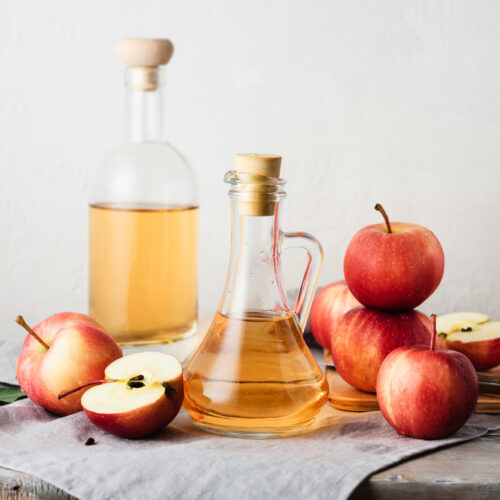
Want to get your kids eating more vegetables? Try filling up half their plate with fruit and veg, new research says.
US researchers found replacing some food on kids’ plates with more fruit and vegetables resulted in them consuming 41 per cent more veggies and 38 per cent more fruit, compared with participants eating from control menus.
Serving fruit and vegetables side dishes alongside a meal was slightly less effective, increasing consumption by 24 per cent for veggies and 33 per cent for fruit.
If you serve more, kids will eat more
Research nutritionist Liane Roe says children will tend to eat more if you serve them larger portions of any food, so the researchers wanted to test if the same behaviour happened when serving more fruit and veg.
“We also wondered whether substituting produce for other foods would increase intake more than simply adding extra fruits and veggies,” Ms Roe says.
Co-author Barbara Rolls says the findings offer parents and schools an easy strategy for encouraging healthy eating.
“When deciding what to feed kids, it’s easy to remember that half of the food should be fruits and vegetables,” Professor Rolls says.
If you find the method increases waste, just replace some of the more filling food on the place with even more produce, she suggests.
Worldwide, fruit and vegetable consumption is lower than it should be, so encouraging children to hit their 5-plus-a-day target can set them up with healthy habits for life. Eating plenty of vegetables and fruit provides a range of essential nutrients and fibre and may protect against a range of diseases, including some cancers and heart disease.
Other ways to encourage kids to eat more fruit and veg
1. Lead by example
If your child sees you eating vegetables and fruit they are more likely to give it a go. Plus, it normalises having produce as part of daily meals.
2. Snack on veg
Providing cut up vegetables and fruit as a snack will help make it easier to reach the daily targets.
3. Involve your child
Letting your kids have a say in which vegetables will be part of a meal will make them more likely to partake. Putting a few options on the table for them to choose from may also increase their likelihood of eating them.
4. Grow your own
If you let your child help with growing some vegetables, they are more likely to want to try them when they’re ready.
5. Treat them as treats
If you serve a dessert, make it a fruit-based one. Strawberries with yoghurt is a colourful and appealing dessert, or you could try making fruit kebabs. And don’t forget, veg can be added to baking. Sweet potato, pumpkin, carrots, beetroot and courgette are examples of baking-friendly vegetables that can add moisture, texture or colour and are basically undetectable.
Article sources and references
- Liane S Roe, Christine E Sanchez, Alissa D Smethers, Kathleen L Keller, Barbara J Rolls. Portion size can be used strategically to increase intake of vegetables and fruits in young children over multiple days: a cluster-randomized crossover trial. The American Journal of Clinical Nutrition, 2021; DOI: 10.1093/ajcn/nqab321https://academic.oup.com/ajcn/advance-article-abstract/doi/10.1093/ajcn/nqab321/6373918?redirectedFrom=fulltext
- Science Daily, October 2021. Filling half of kids' plates with fruits and veggies helps increase consumption. Accessed November 2021https://www.sciencedaily.com/releases/2021/10/211018105923.htm
- Better Health Channel. Children's diet - fruit and vegetables. Accessed November 2021https://www.betterhealth.vic.gov.au/health/healthyliving/childrens-diet-fruit-and-vegetables#the-benefits-of-fruit-and-vegetables
www.healthyfood.com










